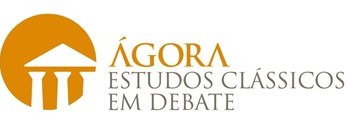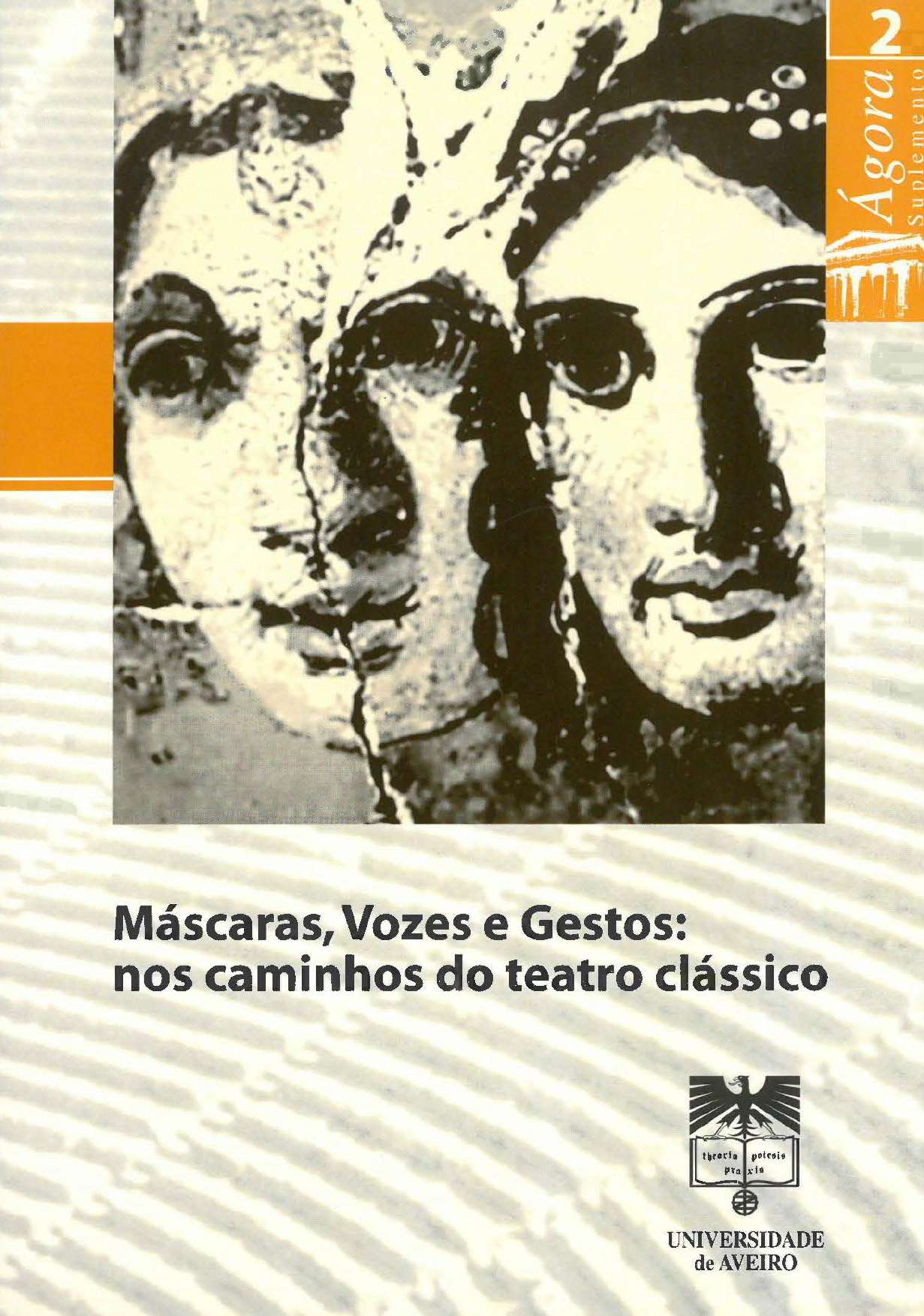Mito e dialética na tragédia Agamêmnon de Ésquilo
Resumo
Justificados pela interface entre mito (entendendo-se por mito e por pensamento mítico a concepção grega arcaica de linguagem) e dialética (entendendo-se por dialética a noção filosófica elaborada e apresentada nos Diálogos de Platão), que lhes confere - ao mito e à dialética assim entendidos - unidade e identidade sob muitos aspectos, poderíamos falar de uma dialética trágica, por duas ordens de razões: 1) seja porque no drama trágico se confundem e se distinguem quatro pontos de vista, correspondentes à hierarquia do divino tradicional entre os gregos (scilicet: Theoí/Daímones/Héroes), aos quais se acrescenta o dos horizontes políticos da democracia ateniense no século v a. C., representado o mais das vezes pelo coro ou pelo corifeu; 2) seja porque no drama trágico esses horizontes políticos se explicam pela natureza das relações que no decorrer do drama se estabelecem tanto entre os Deuses imortais quanto entre mortais e imortais.
Na Orestéia de Ésquilo, o que se entende por dialética trágica exemplifica a permanência e transformação do pensamento mítico arcaico dentro do horizonte político e do contexto cultural de Atenas no século V a. C.










